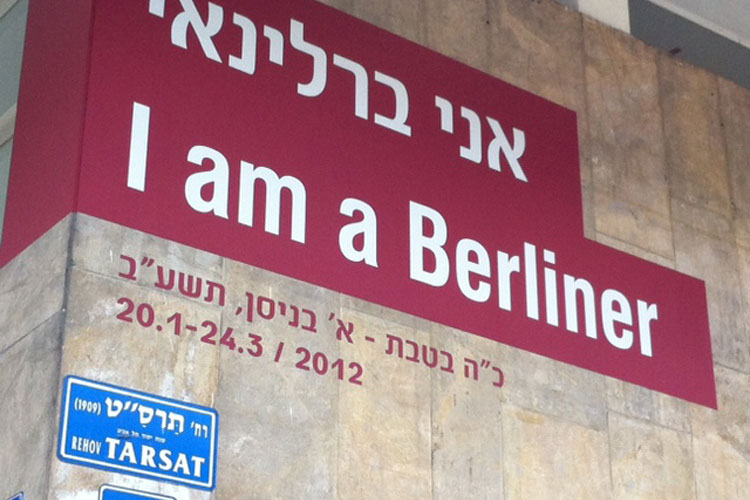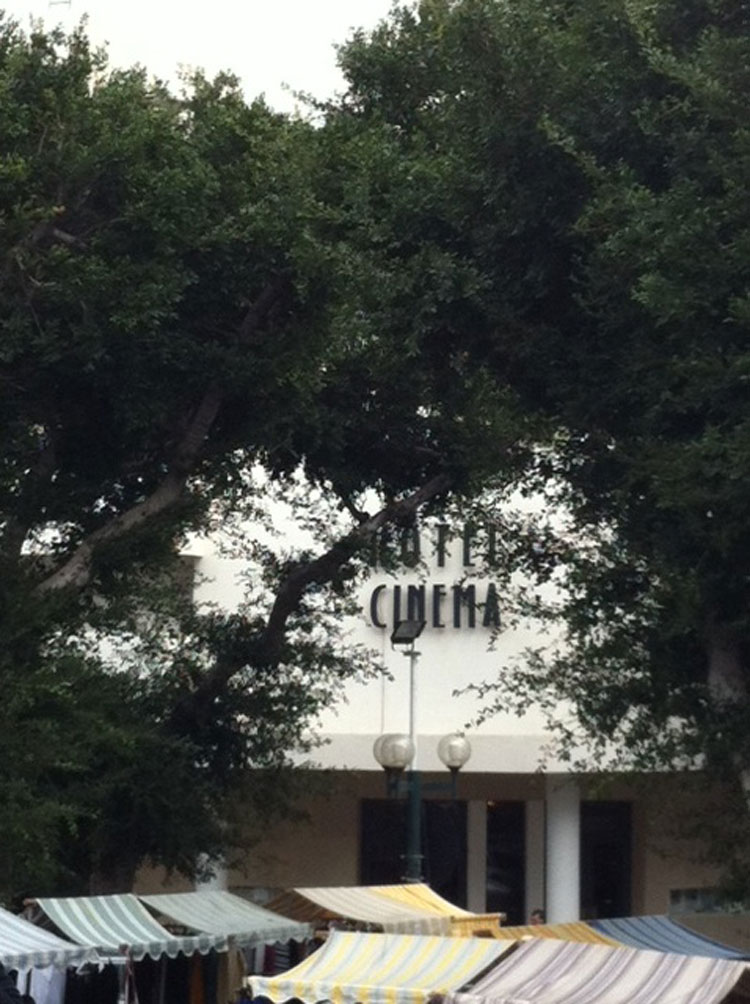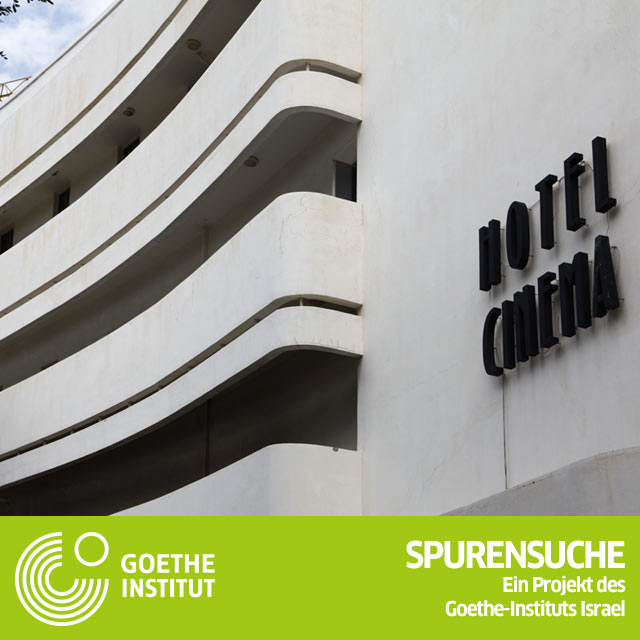Israel:Avant garde of architecture / Heritage at risk?: Unterschied zwischen den Versionen
K (Newline insert before newBox via script) |
|||
| (Eine dazwischenliegende Version von einem anderen Benutzer wird nicht angezeigt) | |||
| Zeile 3: | Zeile 3: | ||
[[Datei:ISRAEL_16_bauhaus_3.jpg|750px|thumb|left|© Goethe-Institut]] | [[Datei:ISRAEL_16_bauhaus_3.jpg|750px|thumb|left|© Goethe-Institut]] | ||
| − | They belonged to the German avant garde – people who were among the first to deal with modernist architecture and its “social message”. Many of them were already professionally established when the rise of Hitler put an end to their successful careers. As Jews they were excluded from the trade unions, they took away their licences and then tried to erase their names from history completely. The goal of the people who ended up in Palestine was to create a “Utopia on Earth” in their new homeland, as Myra Warhaftig writes in her book “Sie haben den Grundstein gelegt - Leben und Arbeiten deutschsprachiger jüdischer Architekten in Palästina, 1918-1948” (They laid the foundation).{{#newBox:listbox}} | + | They belonged to the German avant garde – people who were among the first to deal with modernist architecture and its “social message”. Many of them were already professionally established when the rise of Hitler put an end to their successful careers. As Jews they were excluded from the trade unions, they took away their licences and then tried to erase their names from history completely. The goal of the people who ended up in Palestine was to create a “Utopia on Earth” in their new homeland, as Myra Warhaftig writes in her book “Sie haben den Grundstein gelegt - Leben und Arbeiten deutschsprachiger jüdischer Architekten in Palästina, 1918-1948” (They laid the foundation). |
| + | {{#newBox:}} | ||
| + | {{#Audio: http://lbs.goethe.de/mediawiki/images/8/88/ISRAEL_16_bauhaus_deutsch.mp3 | Report about Bauhaus architecture in Tel Aviv (German)|[[Datei:ISRAEL_MP3_016.jpg]]||Bauhaus architecture in Tel Aviv}} | ||
| + | {{#Audio: http://lbs.goethe.de/mediawiki/images/3/3b/ISRAEL_16_bauhaus_hebrew.mp3 | Report about Bauhaus architecture in Tel Aviv (Hebrew)|[[Datei:ISRAEL_MP3_016.jpg]]||Bauhaus architecture in Tel Aviv}}{{#newBox:listbox}} | ||
==Related links== | ==Related links== | ||
* [http://www.bauhaus-center.com/ Bauhaus center Tel Aviv, Israel. Info, tours, exhibitions (bauhaus-center.com)] | * [http://www.bauhaus-center.com/ Bauhaus center Tel Aviv, Israel. Info, tours, exhibitions (bauhaus-center.com)] | ||
Aktuelle Version vom 4. September 2020, 16:29 Uhr
Among those who laid foundation stones were Alex Baerwald, Richard Kauffman, Arieh Sharon, Shmuel Mistetzkin, Joseph Klarwein, Leopold Krakauer, Heinz Rau, Oskar Kaufman, Munio Gitai, Alexander Klein, Lotte Cohn, Elsa Gideoni-Mandelstam, Judith Segall-Stolzer, Al Mansfield, Dov Kutchinsky, Max Lev, Moshe Gerstel and Eugen Stolzer. Alongside their work as planners they also published books and articles, and passed on their knowledge to students in their capacity as teachers.
They belonged to the German avant garde – people who were among the first to deal with modernist architecture and its “social message”. Many of them were already professionally established when the rise of Hitler put an end to their successful careers. As Jews they were excluded from the trade unions, they took away their licences and then tried to erase their names from history completely. The goal of the people who ended up in Palestine was to create a “Utopia on Earth” in their new homeland, as Myra Warhaftig writes in her book “Sie haben den Grundstein gelegt - Leben und Arbeiten deutschsprachiger jüdischer Architekten in Palästina, 1918-1948” (They laid the foundation).
German Traces in Israel
A project by the Goethe-Institut Israel
Author: Gisela Dachs
Photos: Noa Ben-Shalom



